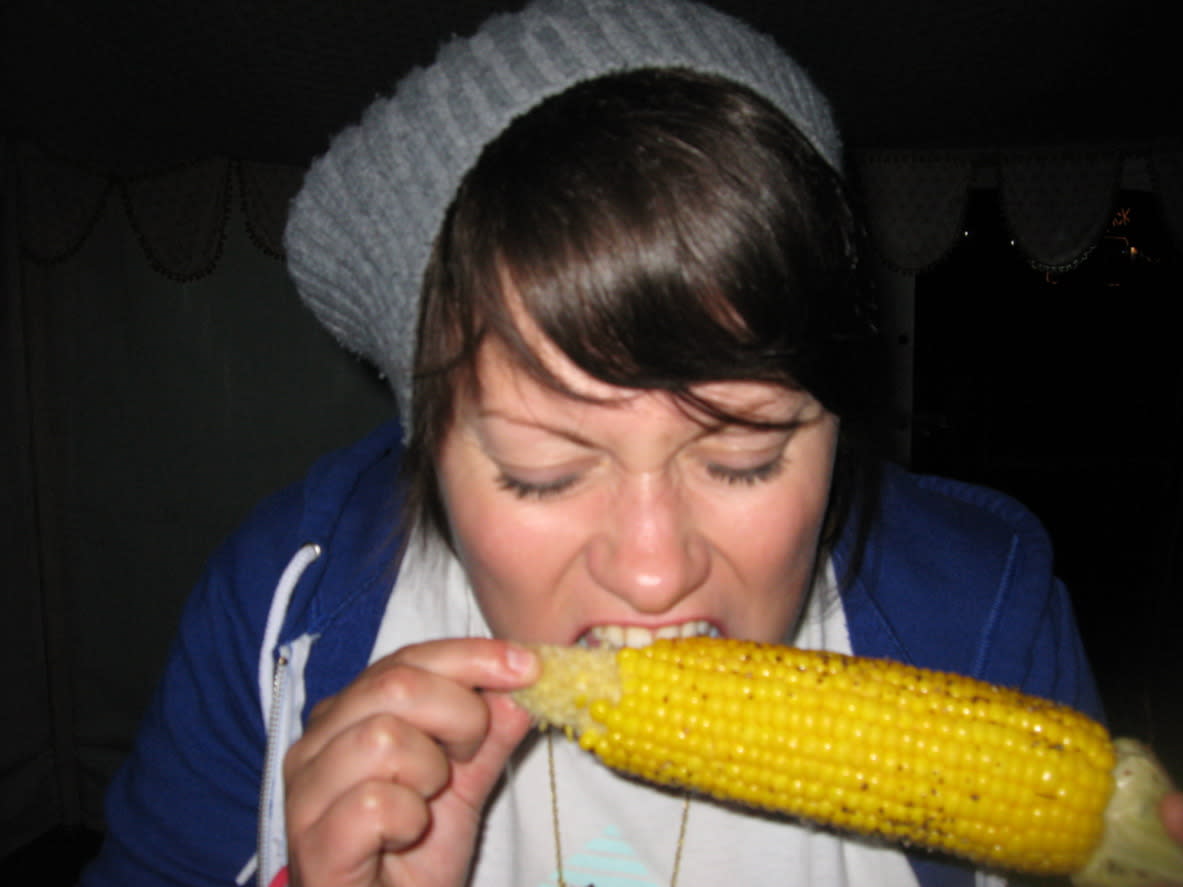Produce Panic! These 4 Veggies Have Been Proven to Cause Weight Gain

Corn was the biggest offender — people who ate it regularly gained an average of two pounds over four years. (Photo: Getty Images)
You’ve heard it many times before: To maintain a healthy weight, exercise regularly and eat more fruits and vegetables.
But new research has found that when it comes to weight loss, not all fruits and vegetables are created equal.
A Harvard study of more than 133,000 people published in the journal PLOS Medicine found that some starchy fruits and vegetables can actually make people gain weight over time.
For the study, researchers analyzed the changes that men and women in the U.S. made in their fruit and vegetable intake over 24 years, as reported in previously conducted dietary questionnaires and self-reported changes in weight. Scientists specifically analyzed several four-year periods for their findings.
What they discovered, after adjusting for changes in other lifestyle habits such as smoking and exercise: People who ate more fruits and several types of vegetables lost an average of half a pound over four years for each daily serving of fruit and a quarter of a pound for every serving of vegetables.
But those who ate starchy vegetables like peas and potatoes actually gained weight. Corn was the biggest offender — people who ate it regularly gained an average of two pounds over four years. Here’s a breakdown of some of their findings:
Vegetables that cause weight gain:
Corn (2.04 pound weight gain)
Peas (1.13 pound weight gain)
Potatoes (0.74 pound weight gain)
Cabbage (0.4 pound weight gain)
Fruits and vegetables that help with weight loss:
Berries (1.11 pound weight loss)
Apples (1.24 pound weight loss)
Pears (1.24 pound weight loss)
Cauliflower (1.37 pound weight loss)
Lettuce (0.52 pound weight loss)
While it sounds shocking that you can actually gain weight while eating your vegetables, Samuel Accardi, lead dietitian for nutrition intelligence company Mind Plus Matter, tells Yahoo Health that he isn’t surprised.
Related: Your Parents Didn’t Have As Much Trouble Losing Weight As You Do
Why? Starchy vegetables have a high glycemic index, which can raise your body’s blood glucose.
When your blood glucose levels increase, your pancreas secrets insulin to bringdown your blood sugar, he explains. This can result in a sharp drop in your blood glucose levels a few hours after eating, leaving you with stronger feelings of hunger more quickly than if you had eaten foods with a lower glycemic index.
As a result, you may end up eating more than you would have otherwise.
The study verifies the link: Researchers found that higher-fiber vegetables with a lower glycemic load, such as broccoli and Brussels sprouts, had a stronger relationship with weight loss than lower-fiber, higher-glycemic-load vegetables, like carrots and cabbage. As for fruits, berries, prunes, raisins, grapes, grapefruit, apples, and pears had the strongest links to weight loss.
There’s also a more simple explanation, Alissa Rumsey, registered dietitian and spokesperson for the Academy of Nutrition and Dietetics, tells Yahoo Health: Starchier vegetables typically contain more calories than those that aren’t starchy.
Should we avoid starchy vegetables altogether? Maybe.
Rumsey points out that the study found that eating more fruits and vegetables (no matter what type) caused a decrease in weight. But eating a lot of starchy vegetables won’t help. “The portions have to be more controlled, as they contain more calories than the nonstarchy vegetables,” says Rumsey.
She recommends having no more than one serving (½ to one cup) of starchy vegetables a day.
Clearly, there are much worse foods you can eat than peas, corn, and potatoes — all of which contain some important vitamins and nutrients. Accardi also advises eating starchy vegetables in moderation if you’re trying to manage your weight.
And, of course, if you’re forced to choose between eating corn or a pint of ice cream, go for the corn.
Read This Next: The Type of Pasta That’s Actually Good for You

